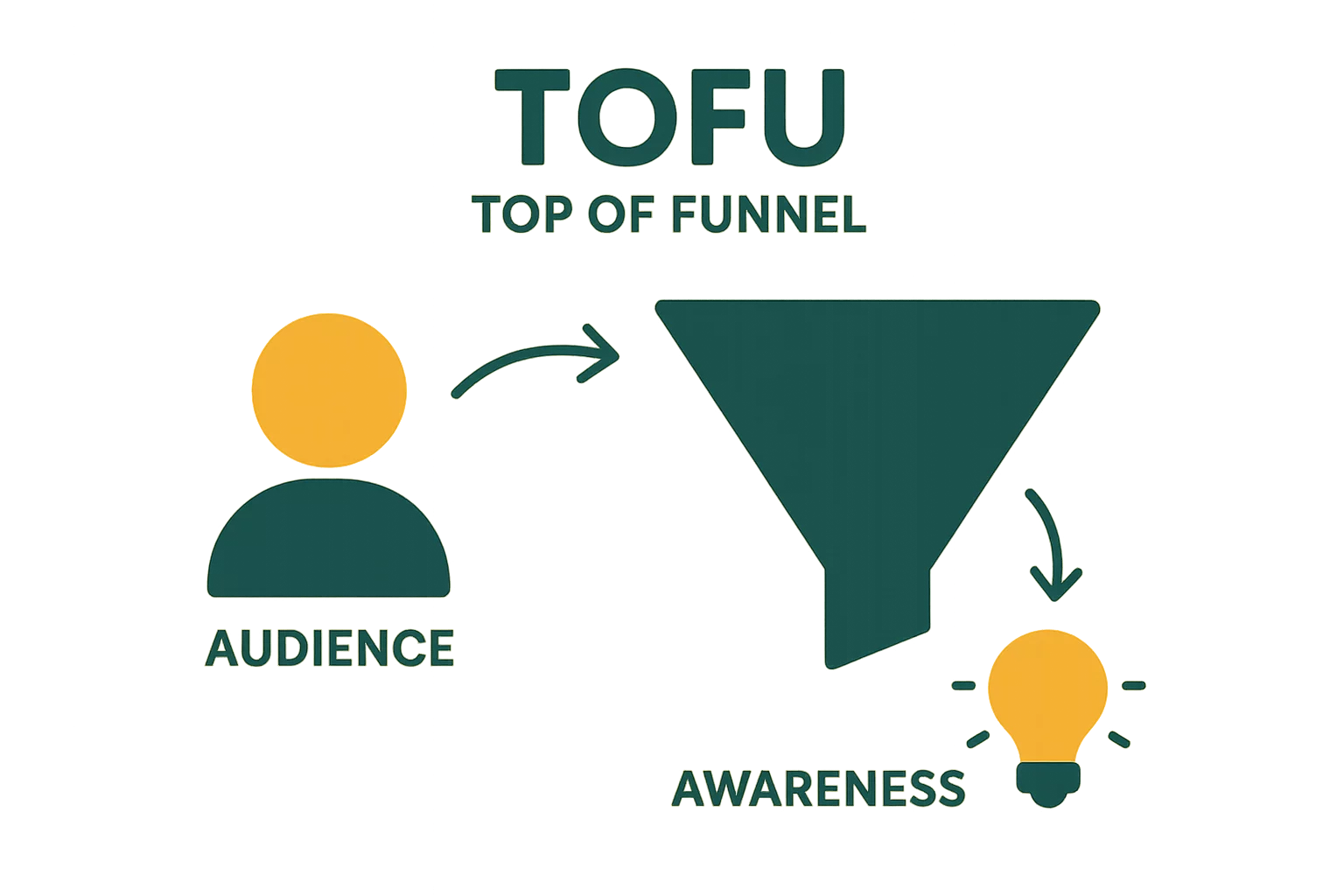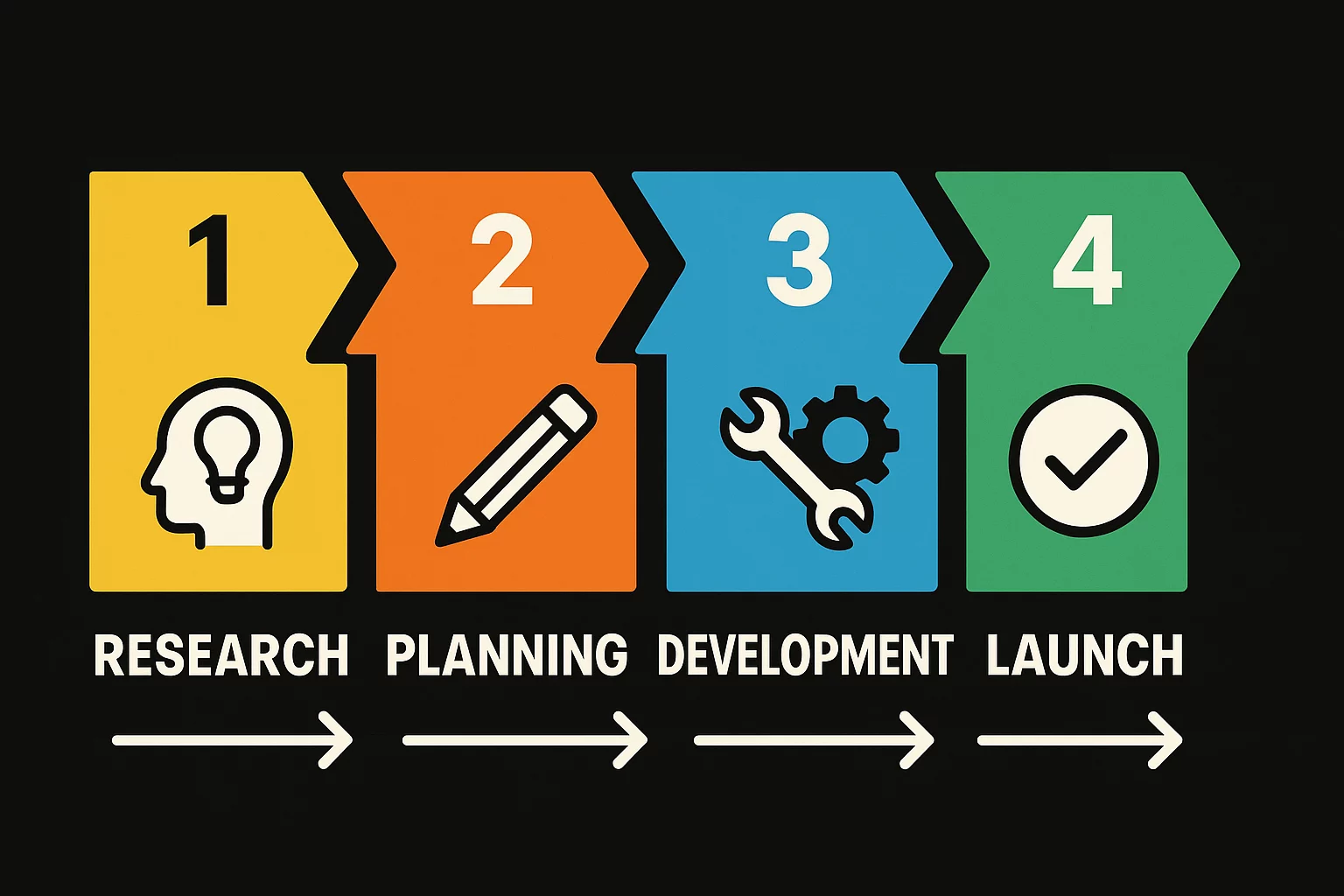The headlines are exciting: new solar cell technologies promise unprecedented efficiency, pushing the boundaries of what’s possible with photovoltaics. For entrepreneurs and investors, these breakthroughs signal immense opportunity. Yet, behind the lab results and performance charts lies a critical, often-overlooked challenge: the complete transformation of the supply chain.
The materials that power today’s standard solar modules are well-understood. The next generation of cells, however, from Tandem Back Contact (TBC) to Perovskite technologies, depends on an entirely new set of elements. Building a successful manufacturing business for tomorrow requires anticipating these shifts today. This isn’t merely an operational detail—it’s a fundamental strategic decision that will define the resilience and long-term profitability of your investment.
The Coming Shift in Raw Materials
For decades, the solar industry has built a robust and relatively predictable supply chain around silicon. While challenges like polysilicon pricing and silver paste costs persist, the ecosystem is mature.
Next-generation technologies, however, introduce new dependencies. These advanced cells often ‘stack’ different materials on top of a traditional silicon base to capture a wider spectrum of light and boost overall efficiency. This powerful innovation brings new raw materials—and new supply chain complexities—onto the factory floor.
Mapping the New Material Landscape
Understanding these future dependencies is the first step toward building a resilient operation. The materials required for technologies like TBC and Perovskite-on-Silicon are fundamentally different from those used in today’s PERC and TOPCon lines.
Key materials to monitor include:
-
Indium: A critical component in Transparent Conductive Oxides (TCOs) like Indium Tin Oxide (ITO). These ultra-thin, transparent layers are essential for conducting electricity out of the cell without blocking sunlight. Indium, however, is a rare metal with global production concentrated in just a few countries, creating significant exposure to price volatility and geopolitical supply risks.
-
Bismuth: Often used as a more stable and less toxic alternative or supplement to lead in perovskite formulas. While considered safer, its supply chain is still nascent compared to other industrial metals, requiring careful supplier vetting.
-
Lead: A primary component in many high-efficiency perovskite structures. Its toxicity presents clear challenges for handling, encapsulation, and end-of-life recycling. A factory design must incorporate stringent safety and environmental protocols from day one to manage these risks effectively.
-
Specialized Gases: Manufacturing these advanced cells often requires highly specialized gases for processes like doping and deposition. Sourcing these gases is one challenge; implementing the necessary infrastructure and safety systems to handle them is an even greater operational undertaking.
-
Advanced Polymers and Encapsulants: Perovskite cells, in particular, are highly sensitive to moisture and oxygen. They require novel encapsulating materials (beyond standard EVA) and backsheets to ensure a 25+ year lifespan in the field. Sourcing and testing these next-generation polymers is crucial for product bankability.

As the map illustrates, the supply of these critical raw materials is not as diversified as that of traditional silicon. This geographic concentration demands a proactive and strategic approach to sourcing.
Building a Resilient, Future-Ready Supply Chain
Securing these new materials goes far beyond placing an order. It requires a strategic framework that insulates your operation from market shocks and ensures consistent, high-quality production. Success depends on moving from a reactive purchasing mindset to one of proactive supply chain architecture.
This approach rests on several key pillars:
-
Strategic Supplier Partnerships: Instead of focusing solely on the lowest price, prioritize reliability, quality, and transparency. This means building long-term relationships with multiple, geographically diverse suppliers to mitigate risk and rigorously vetting their production capabilities and financial stability.
-
Flexible Factory Design: Your factory layout and equipment choices should anticipate the need to handle different types of materials. For anyone planning a turnkey production line, this means incorporating specialized storage, advanced ventilation and safety systems for gases, and quality control stations designed for new material chemistries from the very beginning.
-
Advanced Quality Control (QC): New materials demand new QC procedures. Your incoming material inspection processes must be adapted to verify the purity of elements like indium or the specific properties of a new encapsulant. This ensures that variability in raw materials doesn’t lead to defects in your finished modules.
-
Logistical Planning: The logistics of transporting and storing sensitive chemicals, specialized gases, or moisture-sensitive polymers are far more complex than for silicon wafers. Your logistical plan must account for these unique requirements to prevent contamination or degradation before the materials even reach the production line.

A well-designed factory is the physical foundation of a resilient supply chain, with every process and piece of equipment chosen to handle both current and future material needs.
The J.v.G. Approach: Guidance in a New Era
Navigating this transition is a complex undertaking. The decisions you make before a single piece of equipment is ordered will have a lasting impact on your factory’s success. This is where partnership and experience become your most valuable assets.
At J.v.G., we look beyond the immediate setup of a production line. We help you build a comprehensive strategy that includes a robust and resilient supply chain. With our decades of hands-on experience, we guide you through every step: identifying reliable suppliers, designing a factory ready for next-generation materials, and implementing the quality control systems you need to thrive in the future of solar manufacturing.
You aren’t just buying machines; you are building a business designed to last. We ensure you have the foresight and strategic foundation to do it right.
Frequently Asked Questions
What is a tandem solar cell?
A tandem solar cell is an advanced design that stacks two or more different photovoltaic materials. Each layer is optimized to capture a different part of the solar spectrum (e.g., one layer for blue light, another for red light). By capturing more of the sun’s total energy, tandem cells can achieve significantly higher efficiencies than single-material cells.
Are these new materials difficult to source?
Sourcing materials like indium, bismuth, or specialized polymers presents different challenges than sourcing silicon. The primary issues aren’t necessarily scarcity but rather supply chain concentration—where production is limited to a few countries—price volatility, and the need for extremely high purity, which requires specialized suppliers.
Do I need to choose my final cell technology before planning a factory?
While having a clear technological roadmap is important, a well-designed factory should be built with flexibility in mind. The ideal approach is to design a production line that can be adapted or upgraded to accommodate future cell technologies without a complete overhaul. This ‘future-proofing’ is a core part of a sound investment strategy.
How does the lead in some perovskite cells affect safety and regulations?
The use of lead is a significant concern, and the industry is actively addressing it. The primary solution is advanced encapsulation—creating an impermeable barrier that safely seals the lead within the module for its entire operational life. This, combined with stringent factory safety protocols and a clear end-of-life recycling plan, is essential for meeting environmental regulations and ensuring product safety.
Making the leap to next-generation solar technology is a significant undertaking. We are here to help you navigate the complexities and build a resilient, future-ready operation.
Contact our experts to start building your strategic roadmap.
